Jellyfish and drowning are two of the top fears held by open water swimmers. Following closely behind are swans and seals. These fears are very reasonable. Without a doubt, OWS (open water swimming) is a sport that requires a significant amount of skill, not only in swimming, but in judging conditions and safety of the swim route.
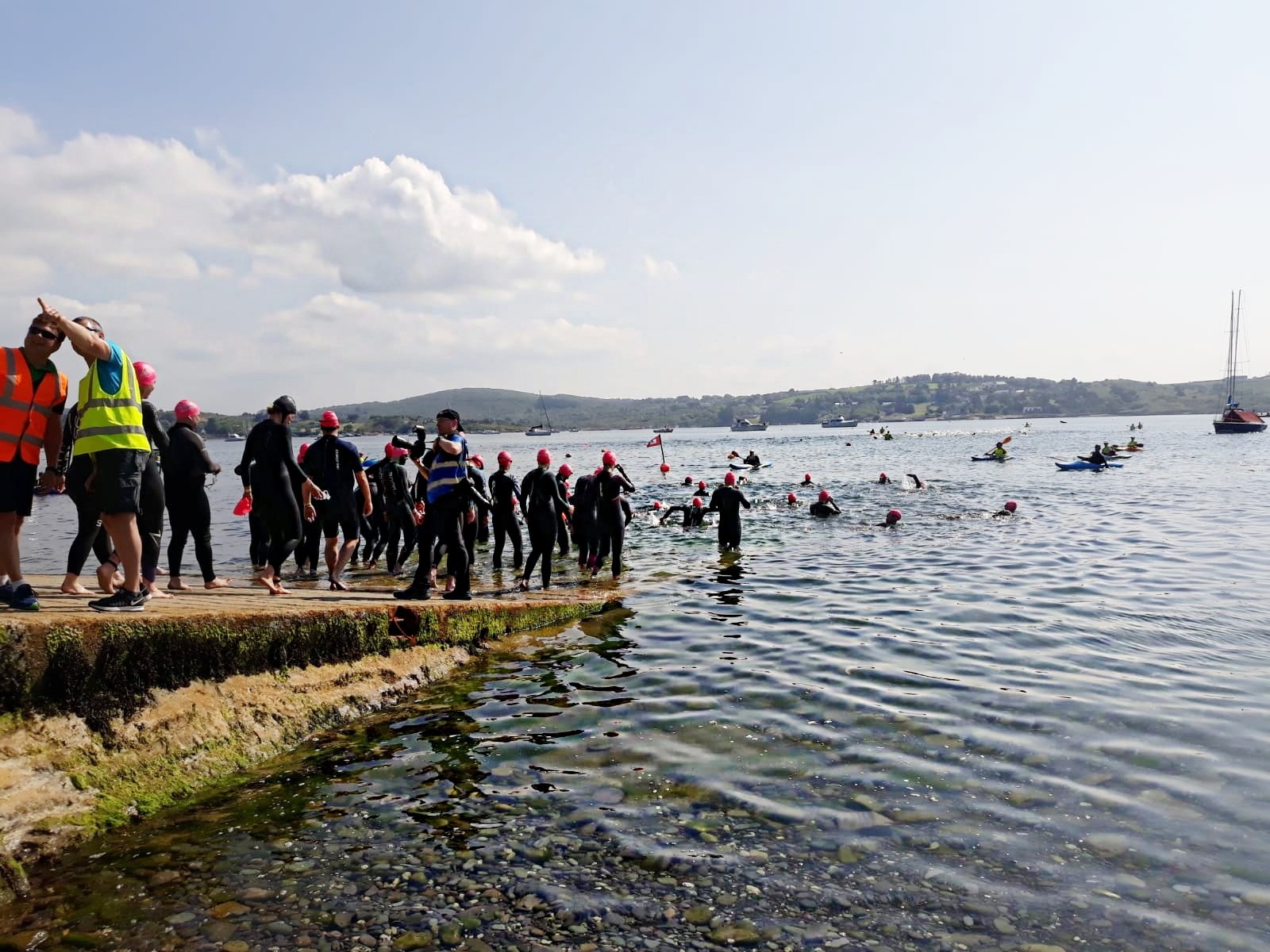
There is, however, another condition that is likely to breach the surface for those swimming in Irish waters. A condition known as ‘Swimming Induced Pulmonary Oedema’ or SIPE for short is a condition that can have serious consequences if not recognised in a timely fashion.
What is Pulmonary Oedema?
Pulmonary Oedema is a phenomenon whereby the small sacs (alveoli) in the lungs become filled with water making it difficult to breathe. This can be precipitated by a number of different illnesses. However, it can also occur in fit, healthy individuals whilst swimming.
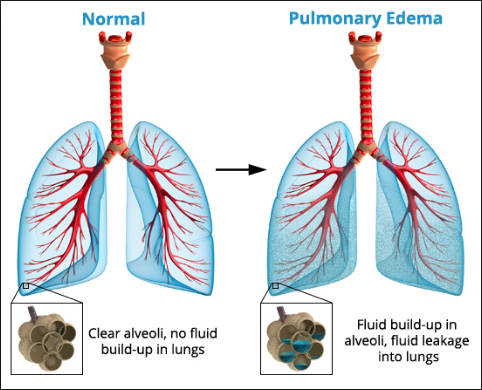
What Are the Signs & Symptoms ?
Pulmonary Oedema typically presents with a cough. This cough may be mild initially but will rapidly worsen and can become quite distressing as you continue to swim. The cough generally becomes productive (you may cough up sputum) and it may be blood tinged or pink.
Initially, the swimmer may feel a shortness of breath that is over and above their perceived exertion levels. This often brings on a feeling of unease. In other words, although you may be swimming slowly, you would feel as though you were sprinting. Swimmers have reported feeling like their wetsuit is restricting their ability to breathe.
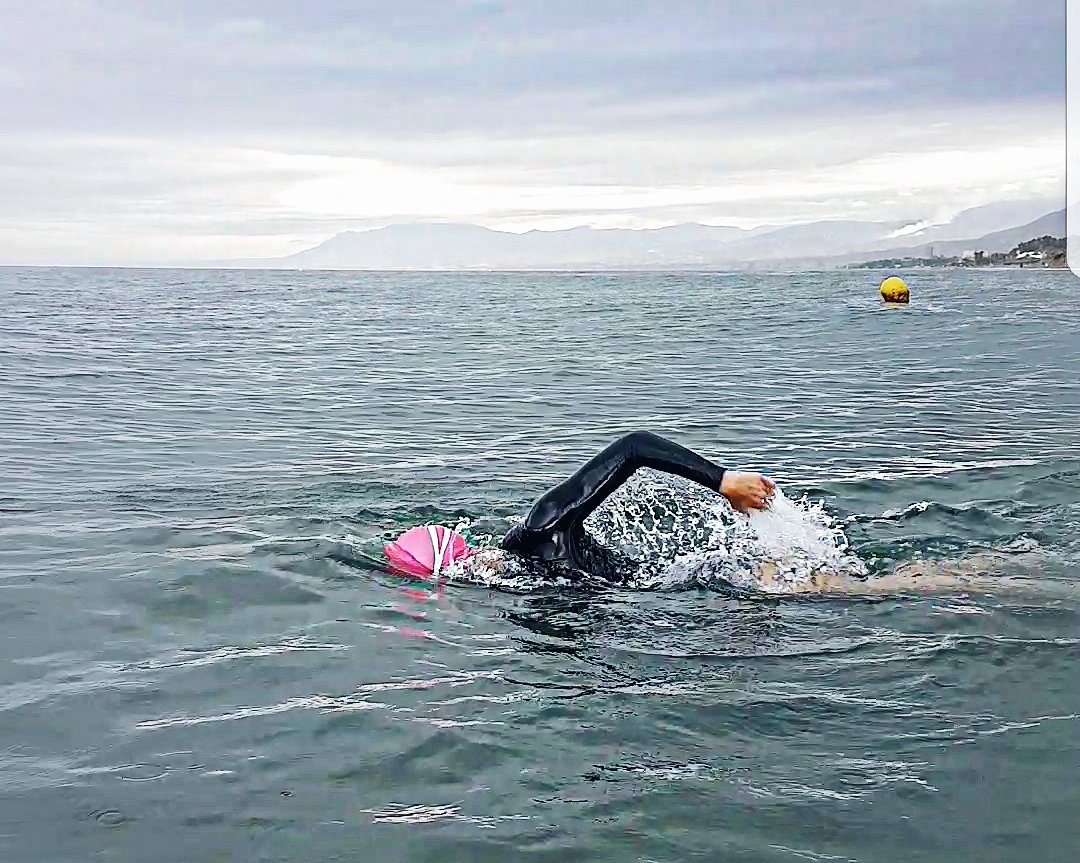
Why Does It Happen?
It is important to know that not every individual that swims in the open water will develop SIPE. It is not completely understood as to why it happens to some individuals and not to others but there are a number of factors that can contribute. An important point to mention is that it does not always occur in cold water.
Factors Contributing to SIPE
- Physiology of Cold Water Swimming – When you swim in cold water, your peripheral capillaries become constricted due to cold. This is in order to keep your core temperature up. Think of how your hands go a little blue or white when you are swimming. This is the tiny blood vessels getting smaller in order to keep the blood in the middle of your body. It is this shunting of extra blood out of the peripheries that can contribute to an extra workloadload on the heart.
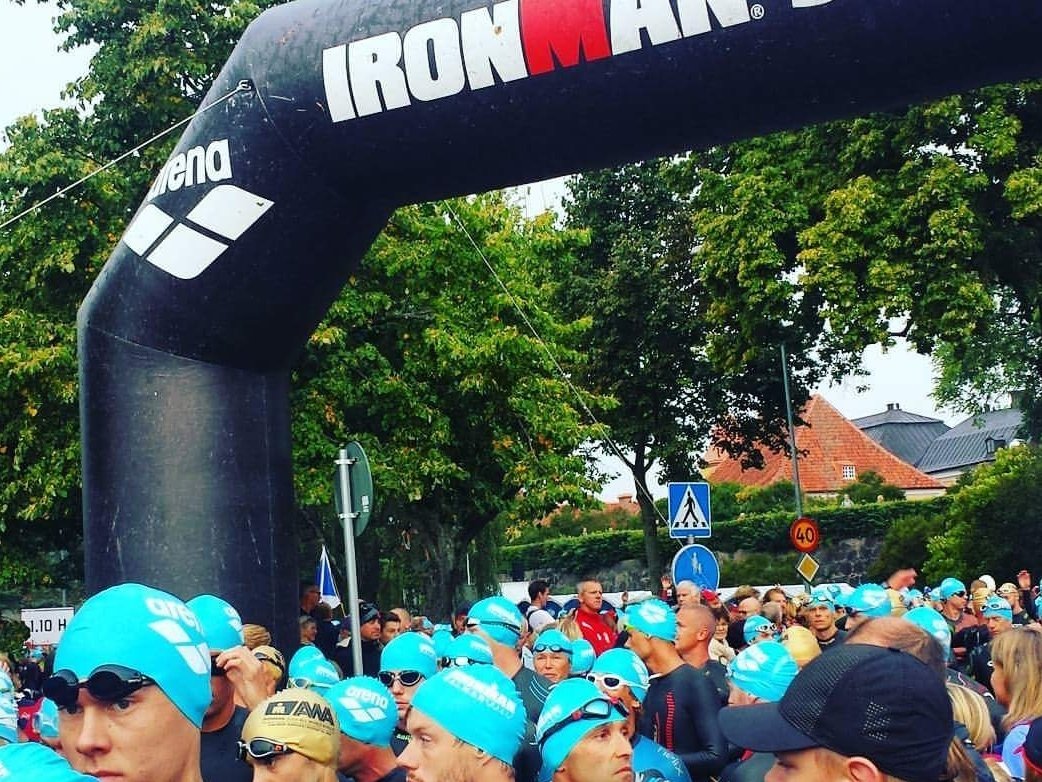
The Heart
- Preload and Afterload – This sudden increase in blood volume causes a small overload within the heart. The final volume of blood that is ejected from the left ventricle of the heart for each beat causes a pressure on the heart muscle wall – this is preload. The pressure caused by the volume of blood remaining in the left ventricle after it has contracted is known as afterload. Both preload and afterload are increased in this instance. This, in turn, increases the pressure in the capillaries (small blood vessels) in the lungs.
- Large athletes heart – A heart that has been training hard for a few years is larger and stronger than a typical non athletic heart. This is the type of heart that is trained to deliver a large volume of oxygenated blood to the muscles in each beat. Now, add in a larger volume (thanks to what we described above) and things start to become unmanageable. This contributes to the already increased pressure in the lungs circulation (pulmonary capillary pressure).

Exercise and Wetsuits
- Exercise – When we exercise, we demand that the heart beats harder, faster and with greater force to feed fuel to our working muscles. This adds further stress to a system already working at capacity.
- Wetsuit – The wetsuit adds the final dimension to create the “perfect storm” in physiological terms. Peripheral vasoconstriction (squeezing of blood vessels in the arms and legs due to cold) is compounded by the external pressure of the wetsuit.
SIPE in Laymans Terms
Cold water, fast swimming (without a proper warm up) by a fit person wearing a wet suit can contribute to an individual developing SIPE. You don’t have to be super fit and the water doesn’t have to be sub zero for this to happen.
What Can Swimmers Do To Protect Themselves
There aren’t many things you can do to prevent SIPE, but there are a number protective measures you can take on every swim.
Before Swimming
- Warm up properly – start your swim slowly and gradually allow your heart rate to increase. Do not go hell for leather straight into the water (as most do for a triathlon). Start your warm up on land if needs be.
- If you are swollen from a flight, a night out after a few drinks or for any other reason, it is best to avoid swimming.
- Do not over hydrate prior to a swim. Drink to thirst.
During Your Swim
- Safety – NEVER swim alone! If you do decide to swim alone, stay close to shore and use a swim buoy.
- If you feel wheezy, a little bit short of breath and develop a cough, just head straight to shore. SIPE can progress rapidly from the onset of symptoms so don’t wait until its too late.
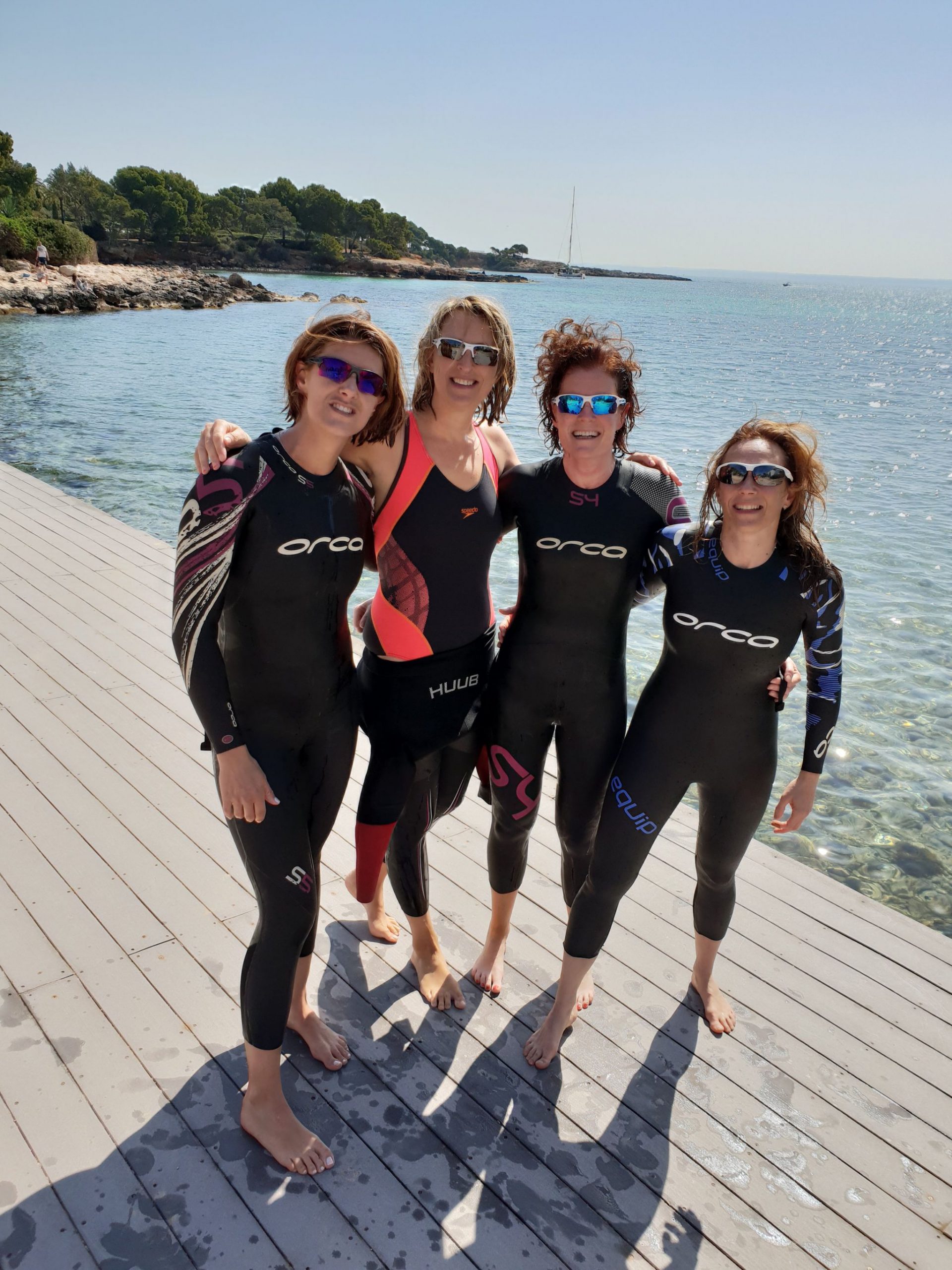
An Ironman Athlete Recounts His SIPE Episode
A swimmer offers an insight into his experience of SIPE. He also details how he has changed his habits to ensure he is safe from further events. If you have ever experienced any of the symptoms above, please remember to contact your family Doctor. SIPE can sometimes indicate the presence of an underlying cardiac condition.

